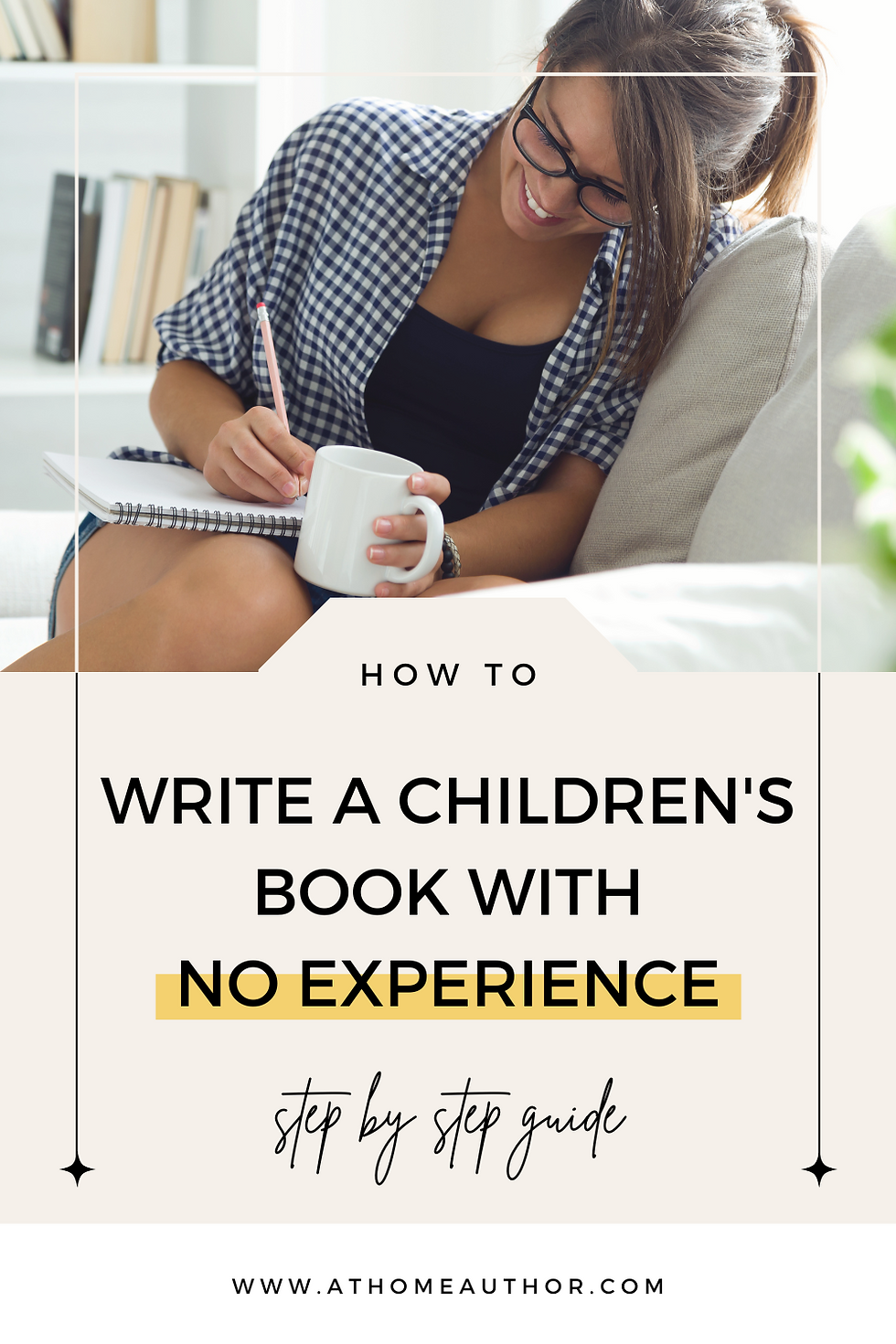Forget These 5 Things for Your First Draft
- Chelsea Tornetto
- Dec 1, 2022
- 3 min read
Updated: Jun 10, 2024
It’s easy to get overwhelmed when you’re just getting started on the first draft of your children’s book. Here are five things you DON’T need to worry about. (Yet!)

For your first draft, forget about...
1. Format
Many first-time authors have a misconception that there are some kind of complicated “rules” they need to follow when typing up their story. (And if you’re going to submit your story to a traditional publisher - there are some general guidelines.)
But when you’re just trying to get that first draft written, formatting isn’t that important, and fixating on it too much could leave you staring at a blank computer screen or notebook with a colossal case of writer’s block.
So, forget about formatting, and just write the story!
As long as you are using a word processing program (like Word or Google Docs) changes are easily made later. Everything from font size and style to line spacing and headers can be corrected with a few clicks.
2. Pagination
One of the first things eager authors learn when they start Googling, "how to write a picture book," is that picture books have 32 pages, so they immediately start marking page breaks and spreads to try to match that number.
But page breaks are actually one of the last steps of the writing process and should only be done AFTER a manuscript has been fully edited.
Why?
The location of a page break shouldn’t be arbitrary. Instead, it should enhance the reader’s experience. Page turns can be used to build suspense at just the right moment or drive home a humorous punch line. And those kinds of line-level details often don’t even exist in a rough draft!
In addition, trying to divvy up the story into a certain number of pages can cause authors to do things like add an extra sentence where it isn’t needed, or try to put the same number of sentences on each page, etc. And those “mathematical” considerations should NEVER come before the quality of the story.
There’s also no need to worry about copyright, cover, or dedication pages until later in the process.
Write an excellent story first. Worry about page breaks later.
3. Illustrations
This is by far the biggest mistake new authors make. I get it. It’s a picture book! You want to start seeing pictures! But just like with pagination, any time you spend planning or describing the illustrations in the first draft is likely to be wasted, since the story will change significantly during the editing process. (Learn more about the four stages of editing here!)
It’s fine to daydream about what your main character might look like. But don’t put any of your valuable time (or money) into illustrations until the editing is finished.
4. Length
As an editor, I spend a lot of time helping clients trim their manuscripts to an appropriate length, so this one feels weird...even for me! But when you’re writing your first draft, don’t worry about length or word count.
Yes, you will eventually have to make some tough cuts...
But in the first draft, it’s more important to get the story on the page - whatever length it may be. It’s better to have more material than you need and mold and cut as you edit, than to not have enough material in the first place.
5. The next book in the series
This is a hard one for many authors to accept, but don’t plan out multiple books in a series until you’ve completed and fully edited the first manuscript.
Whether you are self-publishing or submitting to traditional publishers - the first book in any series has to be good enough to stand on its own. Planning a second or third installment often causes authors to rely on those future stories to strengthen the plot of the first book. As an editor, when I give feedback about a weak plot point or unclear bit of character development, these authors will often say, “Well, that part will be explained in the next book,” or “That reference will come up again in the second book, so I want to keep it.”
But readers aren’t reading “the next book.” They’re reading the first one - first! It has to impress your audience on its own.
So what are you waiting for? Get that draft written. After all, you can't edit words that aren't there.
Disclaimer: This blog post may contain affiliate links to products we enjoy using ourselves. Should you choose to use these links, At Home Author may earn affiliate commissions at no additional cost to you.



